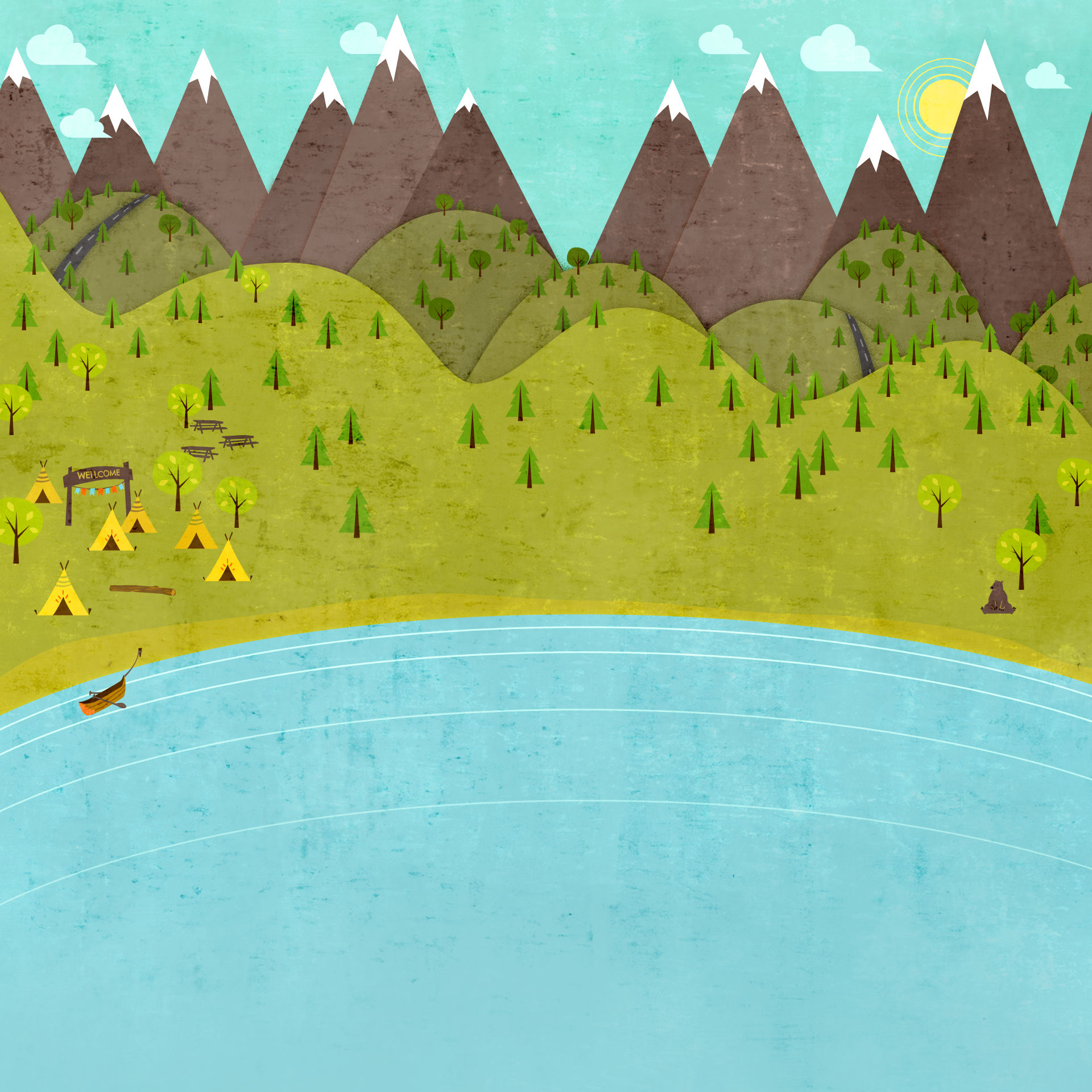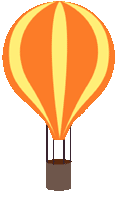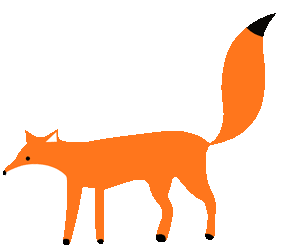
Welcome, from Miss Casey!
GRADE 4-C


Math

Literacy
Below you can find a more detailed look at the New Brunswick curriculum and what we will be covering in Grade Four this year. You can also read about the Daily Five program and how it works.
Reading
The reading achievement standards include three components to be considered when assessing students’ independent interactions with text. The three components are identified as:
Text Complexity – characteristics of fiction/non-fiction (information) texts
Reading Strategies and Behaviours – learning behaviours students should exhibit when reading texts independently
Comprehension Responses – literal, inferential/interpretive, and
personal/critical/evaluative responses to texts
Writing
The writing achievement standards make use of common traits of quality writing and describe what students should be able to demonstrate independently when completing a piece of writing. The six traits are identified as:
Content/Ideas – overall topic, degree of focus, and related details.
Organization – structure and form, dependent on purpose and audience
Word Choice – vocabulary, language, and phrasing
Voice – evidence of author’s style, personality, and experience
Sentence Structure – variety and complexity of sentences
Conventions – spelling, punctuation, capitalization, and usage (grammar)
What is "Daily 5"?
A literacy program which aims to foster independent writers and readers. Students are given a choice between the following activities to work on independently:
Read to Self - “The best way to become a better reader is to practice each day, with books you choose, on your just-right reading level. It soon becomes a habit” (The Daily Five, 11).
Read to Someone - “Reading to someone allows for more time to practice strategies, helping you work on fluency and expression, check for understanding, hear your own voice, and share in the learning community” (The Daily Five, 11).
Work on Writing - “Just like reading, the best way to become a better writer is to practice writing each day” (The Daily Five, 11).
Listen to Reading - “We hear examples of good literature and fluent reading. We learn more words, thus expanding our vocabulary and becoming better readers” (The Daily Five, 11).
Word Work (Spelling) - “Correct spelling allows for more fluent writing, thus speeding up the ability to write and get thinking down on paper.This is an essential foundation for writers” (The Daily Five, 12).
List of Grade 4 Specific Curriculum Outcomes:
Number (N)
1. Represent and describe whole numbers to 10 000, pictorially and symbolically.
2. Compare and order numbers to 10 000.
3. Demonstrate an understanding of addition of numbers with answers to 10 000 and their corresponding subtractions (limited to 3 and 4-digit numerals).
4. Explain the properties of 0 and 1 for multiplication and the property of 1 for division.
5. Describe and apply mental mathematics strategies, such as: skip counting from a known fact; using doubling or halving; using doubling or halving and adding or subtracting one more group; using patterns in the 9s facts; using repeated doubling to determine basic multiplication facts to 9 . 9 and related division facts.
6. Demonstrate an understanding of multiplication (2- or 3-digit by 1-digit) to solve problems.
7. Demonstrate an understanding of division (1-digit divisor and up to 2-digit dividend) to solve problems by: using personal strategies for dividing with and without concrete materials; estimating quotients; relating division to multiplication.
8. Demonstrate an understanding of fractions less than or equal to one by using concrete and pictorial representations to: name and record fractions for the parts of a whole or a set; compare and order fractions; model and explain that for different wholes, two identical fractions may not represent the same quantity; provide examples of where fractions are used.
9. Describe and represent decimals (tenths and hundredths) concretely, pictorially and symbolically.
10. Relate decimals to fractions (to hundredths).
11. Demonstrate an understanding of addition and subtraction of decimals (limited to hundredths) by: using compatible numbers; estimating sums and differences; using mental math strategies to solve problems.
Patterns & Relations (PR)
(Patterns)
1. Identify and describe patterns found in tables and charts, including a multiplication chart.
2. Reproduce a pattern shown in a table or chart using concrete materials.
3. Represent and describe patterns and relationships using charts and tables to solve problems.
4. Identify and explain mathematical relationships using charts and diagrams to solve problems.
(Variables and Equations)
5. Express a given problem as an equation in which a symbol is used to represent an unknown number.
6. Solve one-step equations involving a symbol to represent an unknown number.
Shape and Space (SS)
(Measurement)
1. Read and record time using digital and analog clocks, including 24-hour clocks.
2. Read and record calendar dates in a variety of formats.
3. Demonstrate an understanding of area of regular and irregular 2-D shapes by: recognizing that area is measured in square units selecting and justifying referents for the units cm2 or m2; estimating area by using referents for cm2 or m2; determining and recording area (cm2 or m2); constructing different rectangles for a given area (cm2 or m2) in order to demonstrate that many different rectangles may have the same area.
(3-D Objects and 2-D Shapes)
4. Describe and construct rectangular and triangular prisms.
(Transformations)
5. Demonstrate an understanding of line symmetry by: identifying symmetrical 2-D shapes; creating symmetrical 2-D shapes; drawing one or more lines of symmetry in a 2-D shape.
6. Demonstrate an understanding of congruency, concretely and pictorially.
Statistics and Probability (SP)
(Data Analysis)
1. Demonstrate an understanding of many-to-one correspondence.
2. Construct and interpret pictographs and bar graphs involving many-to-one correspondence to draw conclusions.
(Chance and Uncertainty)
*Source: http://www.gnb.ca/0000/publications/curric/math4.pdf
The organizing concept for social studied 4 is "Exploration." Students will develop both an understanding of what is exploration, and the various aspects of exploration including storied of impact on both the poeple exploring and the people, place, or idea being explored.
Next students will study the physical environmentof the world, noting similarities and differences in physical features in various parts of the world. Students then examine the concept of how humans and the environment interact. This is an important concept in today's world, which is so concerned with ecology. Students are given ample opportunity to examine how humans have impacted the environment in both positive and negative ways. They also examine how the environment has impacted such factors as where people live and work.
The last unit of the course concentrates on Canada and examines the physical landscape of the country, the human landscape, the political landscape, and finally the sumbols that represent significant aspects of these landscapes.
*Source: http://www.gnb.ca/0000/publications/curric/Grade4SocialStudies.pdf
The aim of science education in the Atlantic Provinces is to help students develop scientific literacy, an evolving combination of science related knowledge, skills and attitudes.
To develop scientific literacy, students require diverse learning experiences that provide opportunities to explore, analyse, evaluate, synthesize, appreciate, and understand the interrelationships among science, technology, society, and the environment.
Scientific inquiry, problem-solving and decision making support students to become life-long learners and to maintain a sense of wonder about the world around them.
*Source: http://www.gnb.ca/0000/publications/curric/grade4science.pdf

Social Studies

Science
Want to know more?

Health

Grade 4: "Setting The Scene"
Outcome A: Protecting Yourself, Your Family and Your Community
Outcome B: Personal Wellness
Outcome C: Growth and Development
Outcome D: Use, Misuse and Abuse of Materials (emphasizing Media Literacy)
